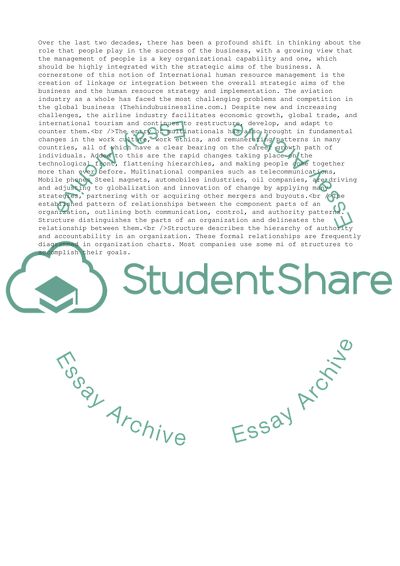Cite this document
(Global Business Context Term Paper Example | Topics and Well Written Essays - 2500 words - 1, n.d.)
Global Business Context Term Paper Example | Topics and Well Written Essays - 2500 words - 1. https://studentshare.org/business/1711111-global-business-context
Global Business Context Term Paper Example | Topics and Well Written Essays - 2500 words - 1. https://studentshare.org/business/1711111-global-business-context
(Global Business Context Term Paper Example | Topics and Well Written Essays - 2500 Words - 1)
Global Business Context Term Paper Example | Topics and Well Written Essays - 2500 Words - 1. https://studentshare.org/business/1711111-global-business-context.
Global Business Context Term Paper Example | Topics and Well Written Essays - 2500 Words - 1. https://studentshare.org/business/1711111-global-business-context.
“Global Business Context Term Paper Example | Topics and Well Written Essays - 2500 Words - 1”. https://studentshare.org/business/1711111-global-business-context.


